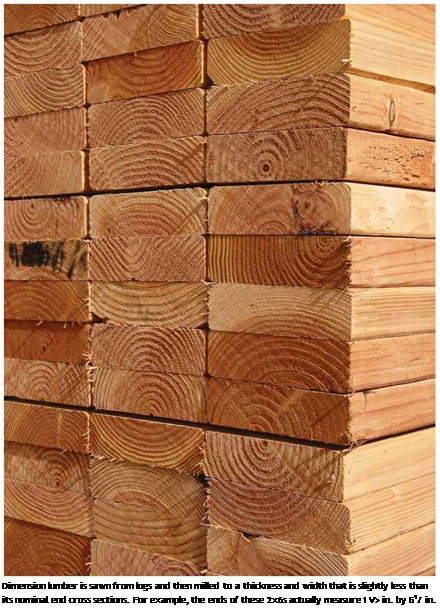Project Evaluation
Once projects reach the selected lists, the next phase is project evaluation. This phase
will determine which projects can advance to detail design and which will require a
more detailed evaluation in preliminary development.
Projects that can advance directly to design phase meet the following criteria:
• No additional right-of-way (permanent or temporary) will be required to accomplish the work and there will be no adverse effect on abutting real properties.
• No major changes in the operation of access points, traffic volumes, traffic flows, vehicle mix, or traffic patterns.
• No involvement with a live stream or an intermittent stream having significant year – round pools, upstream or downstream, in the immediate vicinity.
• No involvement with a historic site.
Examples of thes...
read more





 In the nearly three decades since the national policy of "a decent home and a suitable living environment" was established in the Housing Act of 1949, millions of families have been able to reach the goal of home ownership. In recent years, however, this goal has proved elusive for others, particularly young families seeking to buy their first home.
In the nearly three decades since the national policy of "a decent home and a suitable living environment" was established in the Housing Act of 1949, millions of families have been able to reach the goal of home ownership. In recent years, however, this goal has proved elusive for others, particularly young families seeking to buy their first home.